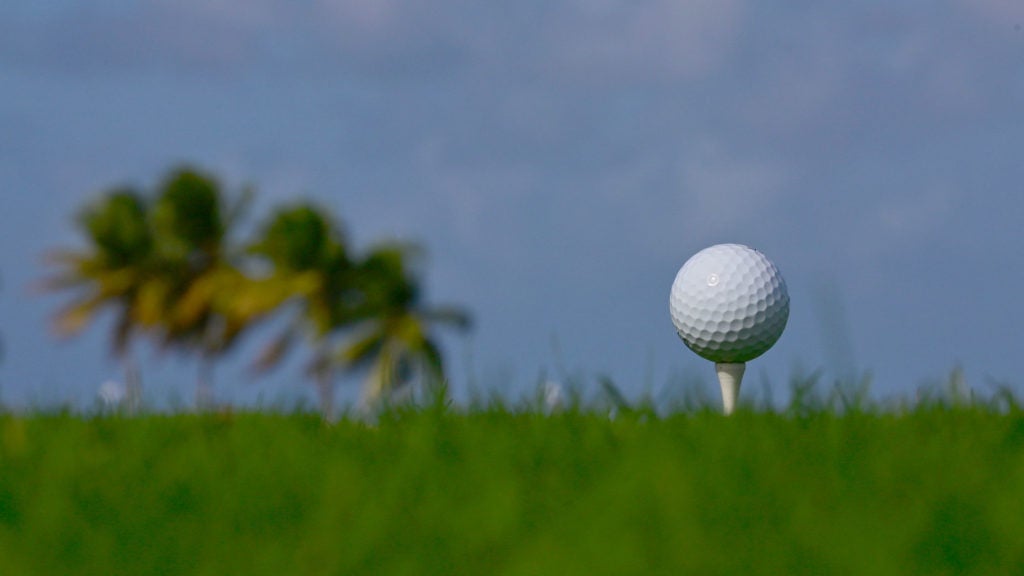Rain. Mud. Dark clouds. At The Match: Champions for Charity a few weeks ago, Tiger Woods, Peyton Manning, Phil Mickelson and Tom Brady got little help from the weather.
But they got some.
At that Sunday at Medalist Golf Club in Hobe Sound, Fla., the humidity was pretty high.
More humid weather means a bit more distance.
It’s all in the science, according to a recent story written by Joe Murgo, a meteorologist at WTAJ in Altoona, Pa.
The atmosphere is made up of nitrogen and oxygen, Murgo explains. Each is heavy. With little humidity, this is what the ball flies through.
Water vapor is made up of oxygen and hydrogen, Murgo also explains. Hydrogen is the lightest gas. With more humidity, this is what the ball flies through.
A golf ball goes a bit farther when it’s humid.
“Air that is hot or humid is actually lighter than air that is cold or dry or both,” according to Steve Aoyama, a scientist at Titleist, in a story published by the PGA’s website. “Heat reduces the air’s density by causing it to expand. Humidity also reduces density because water vapor is lighter than dry air, so the more water vapor in the mixture, the less dense the air. So forget how the air feels on a hot, humid day. It is actually lighter, and will allow the ball to fly farther.”
